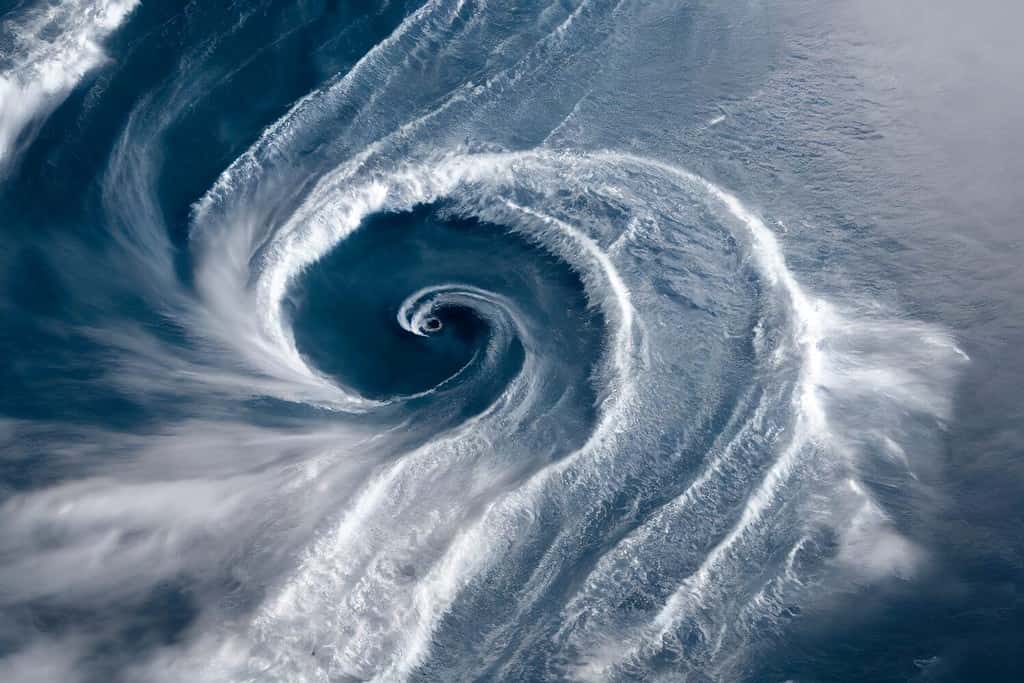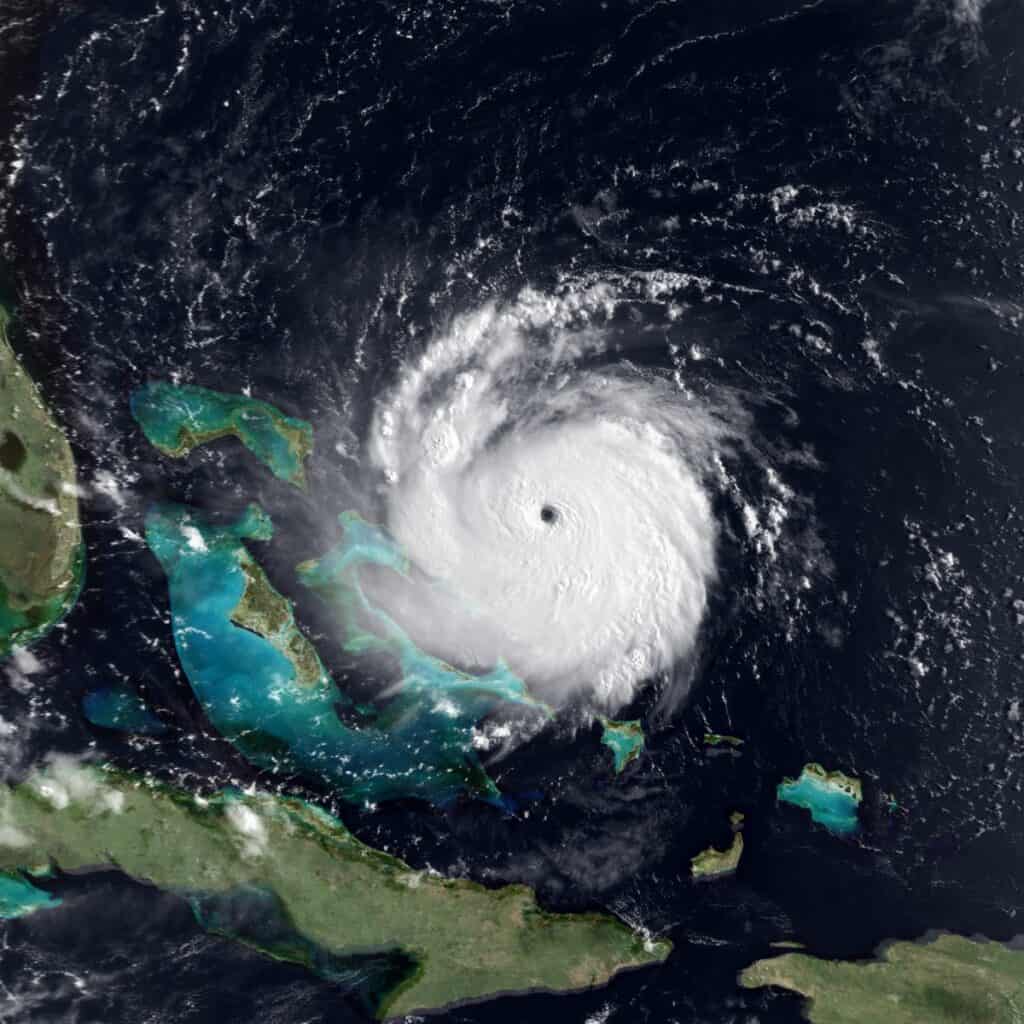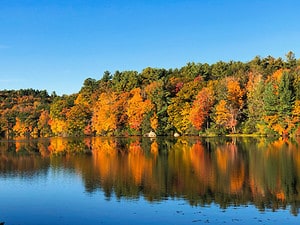The Caribbean is a series of islands in the Caribbean Sea. Known for beautiful beaches, crystal clear water, and amazing ocean life, the region is a popular destination for tourists. Many cruise ships travel throughout the Caribbean and stop at the islands. Snorkeling and scuba diving are both popular pastimes, with guide companies available to take people exploring through shipwrecks and natural areas. But hurricanes can cause travel delays and major changes to your vacation plans. It is important to consider the weather when you plan a trip to the Caribbean.
For those who live in the area, hurricanes can mean major damage and danger if precautions are not taken. While hurricanes can occur anytime during the year, there are certain seasons when the conditions tend to create more extreme storms.
Hurricane season in the Caribbean occurs from June through November and tends to peak in August, September, and October. If you plan a trip during this time, it is a good idea to make sure that your plans can be rescheduled or altered, should a major storm impact your vacation. Even with the threat of hurricanes, especially during peak hurricane season, the Caribbean is still an amazing place to visit or live.

Hurricanes frequently cause tornadoes and can bring over 6 feet of rain.
©Vikks/Shutterstock.com
Where do hurricanes normally hit in the Caribbean?
The northern part of the Caribbean tends to get more hurricanes and stronger storms than the southern part. The Bahamas often have to closely track storms. Florida frequently feels the impact of hurricanes, which can impact travel to the Caribbean.
Cuba, the Cayman Islands, Jamaica, Haiti, and the Dominican Republic are some of the larger islands that normally get hit by hurricanes. Not all storms cause massive destruction, however. And because these regions know to expect some storms, especially during hurricane season, they are experienced in taking the right precautions to stay safe.
Hurricanes form over the ocean, which is why islands closer to broad open ocean spaces often see the most hurricanes. These powerful storms thrive on warm water, also a feature in the Caribbean. Hurricanes tend to form in the east and move westward across the Caribbean. They lose some strength when they move over land since they are no longer able to suck up the warm water and air from the ocean. Many of the smaller Caribbean islands are not large enough to let the storm completely dissipate. They then pick up strength again when they continue to move westward back over the water. They tend to be strongest when they get to the western Caribbean, the Gulf Coast, or Mexico.
Because hurricanes are products of fickle mother nature, there are always exceptions. That’s why it is so important to track potential storms and take measures like shuttering homes, taking things inside, or even evacuating ahead of the storms. Officials monitor strong storms or storms that have the potential to gain strength. They make recommendations and share information through local, national, and even international channels. The Caribbean is a popular travel destination so many airlines and cruise lines will cancel, postpone, or adjust itineraries to avoid dangerous storms.

Hurricane Andrew moves through the Caribbean in 1992
©National Oceanic and Atmospheric Administration (NOAA), cropped version of original file / public domain – License
How often do hurricanes hit the Caribbean?
Multiple storms hit the Caribbean each year. 2022 had 14 named storms. Not all of these were hurricanes, but they all had winds over 39 miles per hour. NOAA names storms at this point so that they are easier to track.
Of those 14 storms, eight grew in strength enough to be classified as hurricanes. A hurricane is any storm that has winds of 74 miles per hour or greater. Only two hurricanes had winds over 111 miles per hour, which NOAA classifies as major hurricanes. These were Hurricanes Fiona and Nicole.
A major hurricane is any hurricane that ranks as a category 3, 4, or 5 on the Saffir-Simpson hurricane scale. According to NOAA, category 3 hurricanes can cause devastating damage. “Well-built framed homes may incur major damage or removal of roof decking and gable ends,” the scale notes. “Many trees will be snapped or uprooted, blocking numerous roads. Electricity and water will be unavailable for several days to weeks after the storm passes.”
Category 4 and 5 storms can cause even more damage. In 2005, Hurricane Katrina hit the Gulf Coast as a Category 5 storm, which caused major damage and displaced 1 million residents. This was one of the strongest storms in recent history and received a lot of attention for years through relief efforts and support. Most storms that hit the Caribbean are weaker, although they can still cause major damage to structures, infrastructure, as well as danger for residents.
Notable Storms that Hit the Caribbean
NOAA notes that the average for each hurricane season is 14 named storms, seven hurricanes, and three major hurricanes. In 2017, Hurricane Irma hit the Caribbean, most notably Antigua and Barbuda and Dominica. As the storm traveled across the region, it also impacted other islands. 2012’s Hurricane Sandy hit Cuba as a category 3 storm but caused over $70 billion of damage over the very large area impacted. The storm was the largest Atlantic hurricane by diameter on record. Damage from the storm occurred from the Caribbean all the way to Canada.
The 2008 hurricane season was unusually active and remains one of the years with the highest number of hurricanes and storms in recent years. There were sixteen named storms, eight hurricanes, and five major hurricanes. This was over the entire Atlantic region, although the Caribbean often sees some of the most significant damage. The islands in the Caribbean are also much smaller than the United States, Canada, or Mexico, which can mean less overall infrastructure and support.
Hurricanes are some of the most common threats in the Caribbean. When they do hit, they can cause significant damage to roofs, windows, and other aspects of homes and businesses. Hurricane winds and rain can also mess with the plant and animal life on each island. Because the beautiful beaches are such a draw for tourists, storm erosion can have a big impact on tourism and the local economy after a storm.
Wet soil is one of the longest-lasting impacts of hurricanes on the natural ecosystem. When heavier-than-normal rain hits the area, it creates wet, loose soil. This can cause the root structures of plants to become dislodged, resulting in downed trees. In some cases, significant erosion can cause major damage. This is something that local governments consider. Much of the cleanup and recovery efforts focus on preserving the environment, including removing downed trees, restoring areas to their natural state, and filling in beaches that have experienced erosion. Cleaning up property damage and restoring power, if impacted, is also a priority along with recovery efforts.

Flooding, like this in Texas during Hurricane Harvey in 2017, can cause major damage.
©MDay Photography/Shutterstock.com
What part of the Caribbean is the safest from hurricanes?
To enjoy all that the Caribbean has to offer without worrying as much about hurricanes, stay in the southern part of the region during your travels. Aruba, Bonaire, and Curaçao are all in the part of the Caribbean that is less impacted by hurricanes. Trinidad and Tobago are also good options to avoid hurricanes.
Keep in mind that hurricanes can hit at any time and anywhere. Fortunately, we usually have some warning as the conditions change and the storm develops. Strong hurricanes take some time to develop in the ocean before they hit land. So even in places that do not see hurricanes often, there is advance warning of most storms.
The Caribbean is an amazing place to visit, whether you want to enjoy some world-class scuba diving or just relax on the beautiful beaches. Just make sure to check the weather (and get refundable tickets) if you plan to go during peak hurricane season to make the most of your trip.
The photo featured at the top of this post is © Trong Nguyen/Shutterstock.com
Thank you for reading! Have some feedback for us? Contact the AZ Animals editorial team.






